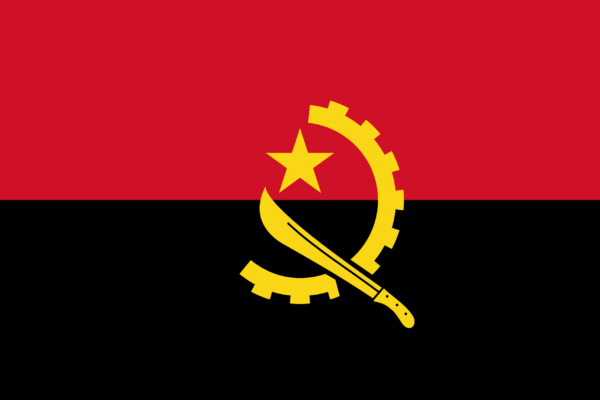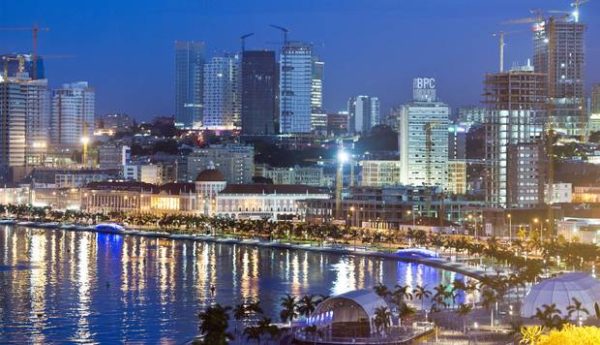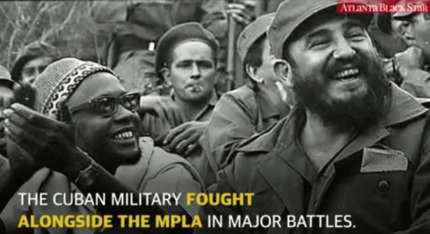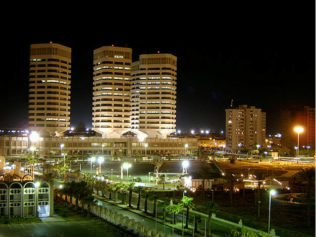Independence Day
After a long war for independence, Angola became a sovereign nation on November 11, 1975. There were three different movements involved in the war. The Movimiento Popular de Liberación de Angola, (MPLA), the Front for the National Liberation of Angola (FLNA) and National Union for Total Independence of Angola (UNITA)—all had different philosophies on how to run the nation but eventually sat down for a peace agreement in Jan. 1975. The Angolan War for Independence was a proxy war in the midst of the Cold War. The U.S. and South Africa backed UNITA and the Soviet Union and Cuba backed the MPLA. The peace treaty did not last long, however, and led to a civil war.
Angola Under Portuguese Colonialism
The Portuguese began colonizing Angola in the 15th century for resources. Trade was a vital part of Portuguese exploitation. When resources weren’t enough, the European nation began to enslave many of the inhabitants. However, many local African rulers confined the Portuguese to the area around Bissau. In the modern age, the Portuguese have returned back to the country, as opportunities in Portugal have become scarce.




